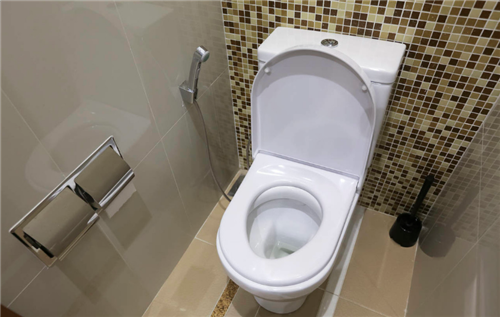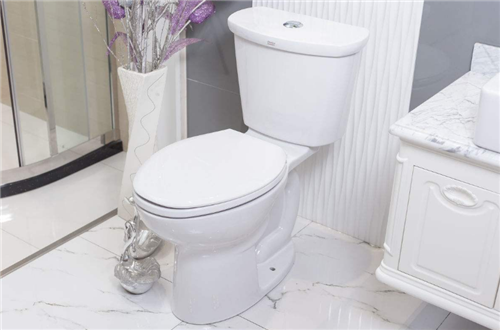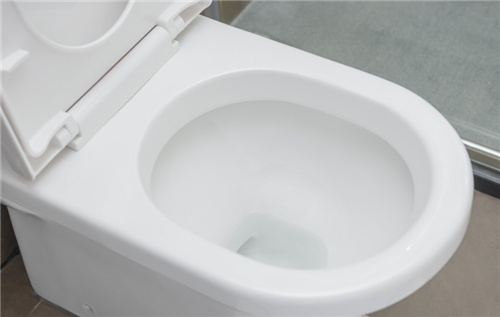Welcome To Hawkrown Professional
Are You Visiting As A Business Buyer (wholesaler/retailer) Or A Homeowner?
Business Buyer
Continue Here >Homeowner
Shop Retail Store >
Home / Blog Center / Chargers / The Anatomy of a Toilet: How It Works and Its Components
29/05/2025 | Hawkrown
As one of the essential sanitary facilities in modern life, toilets provide us with a convenient and comfortable experience for relieving ourselves. However, the structure of a toilet is not simple. Here’s how the structure of a toilet works:
1、Bowl
The bowl is the core component of the toilet, which is the area we use for the excretion of bodily waste. It is primarily made from materials such as ceramics, polymers, or metals. The design of the bowl places great emphasis on ergonomics to ensure comfort and hygiene. The internal curvature of the bowl allows waste to be quickly eliminated and directed through capillary pipes into the drainage system.

2、Flushing System
The flushing system is a crucial part of the toilet, used to flush the bowl and transfer waste into the drainage system. The flushing system typically consists of a tank, water pipes, a funnel, and a flush valve. When we press the flush button, water from the tank travels through the pipes to the funnel and then through the flush valve to clean the bowl. This design provides sufficient flushing power to ensure waste is smoothly transferred into the drainage system.
3、Toilet Seat
The toilet seat is a movable accessory for the toilet. It provides a clean and hygienic sitting environment for use. Toilet seats are usually made from polymers and are connected to the bowl with a hinge mechanism. When using the toilet seat, we can lift it open, and when not in use, we can close it to avoid bacterial infection and maintain hygiene.

4、Heating Device
Some high-end toilets are equipped with a heating device to provide a more comfortable seating experience. This heating device mainly consists of heating pads, temperature controllers, and temperature sensors. They help keep the toilet seat at a constant temperature, enhancing comfort during winter use. Additionally, the heating device can help relax muscles and alleviate fatigue.

5、Bidet System
Some premium toilets also come with a bidet system. This system uses a jet of water for cleaning intimate areas, providing a more thorough hygiene experience. The spray nozzle is usually located under the toilet bowl and can automatically adjust its angle and water pressure. The bidet system often also features a heated water function for added comfort.
6、Drainage Pipe and Valve
At the bottom of the toilet, there is a drainage pipe and a drainage valve. When we flush the toilet, the waste travels from the bowl into the drainage pipe and through the drainage valve into the sewer system. The design of the drainage valve ensures that the toilet can prevent backflow and maintain a sealed state. The design of the drainage pipe and valve is crucial, as they ensure that waste can be effectively and swiftly removed.

Summary:
This concludes the introduction to the structure of the toilet. As an important sanitary facility in modern life, the structure of a toilet is quite complex. From the bowl to the flushing system, toilet seat, and additional heating and bidet systems, each part serves a specific function and purpose. The design and functionality of the toilet provide us with a more comfortable and hygienic experience for relieving ourselves.
Are You Visiting As A Business Buyer (wholesaler/retailer) Or A Homeowner?
Business Buyer
Continue Here >Homeowner
Shop Retail Store >